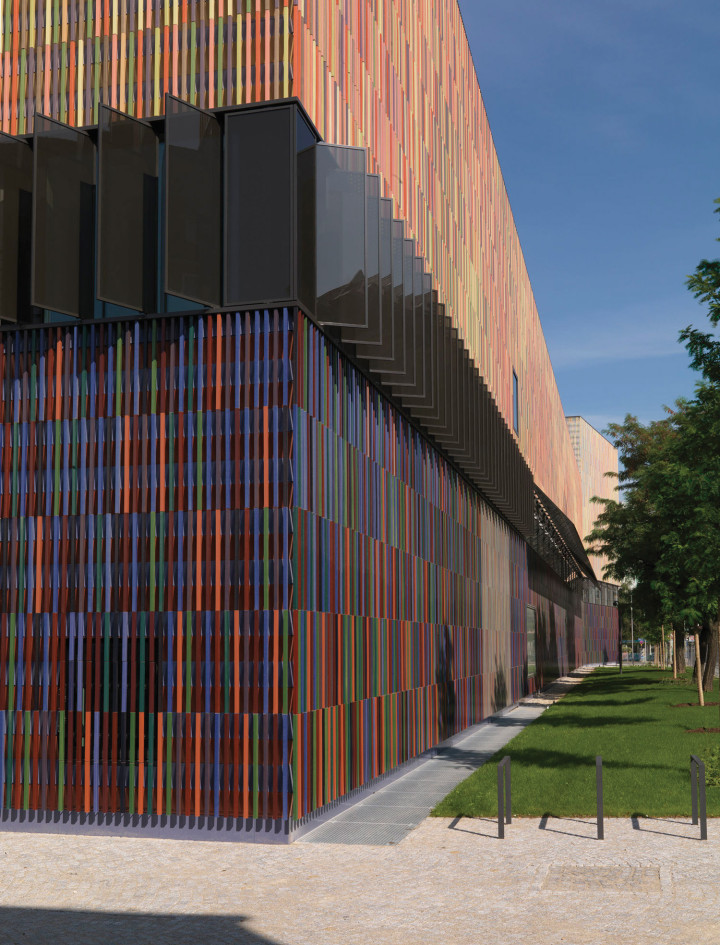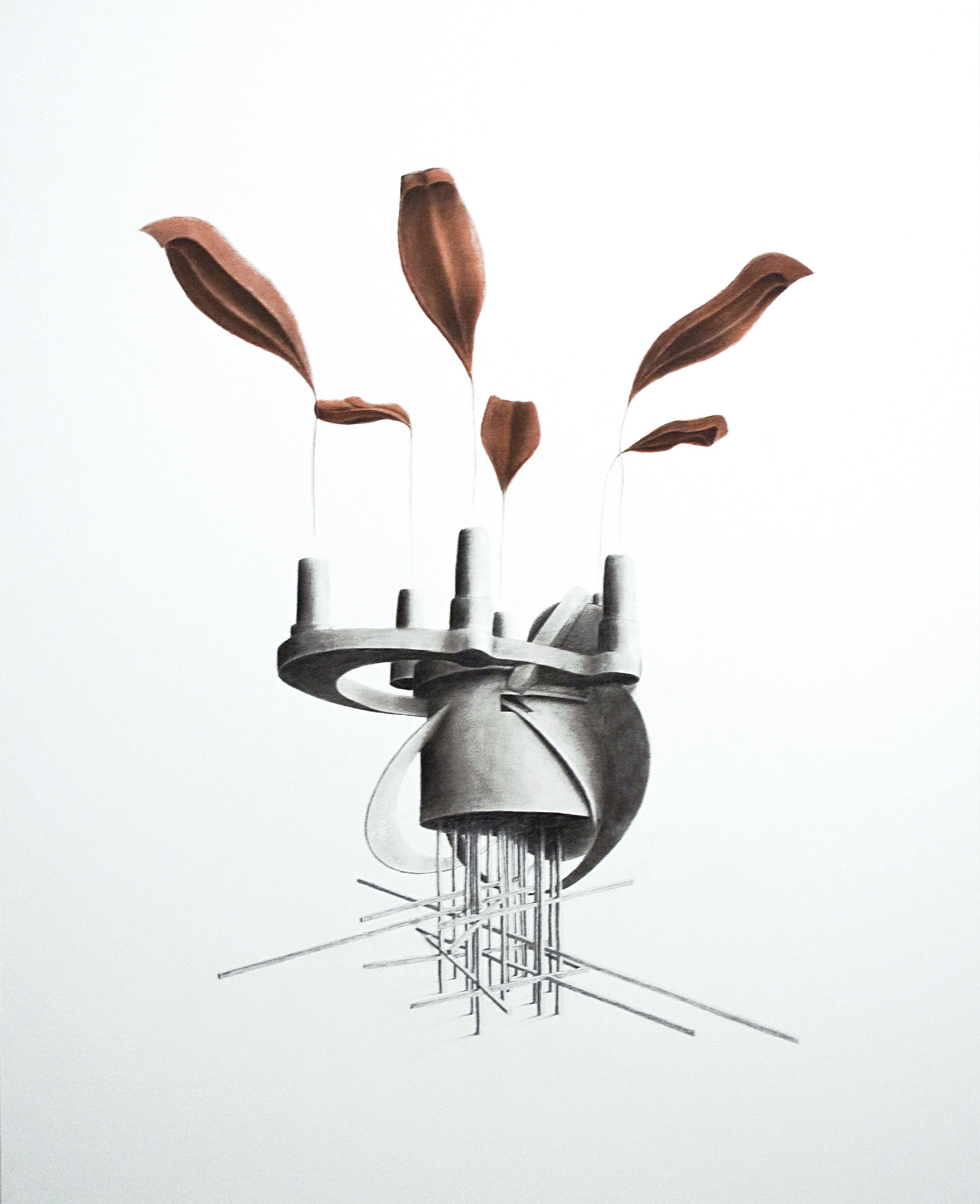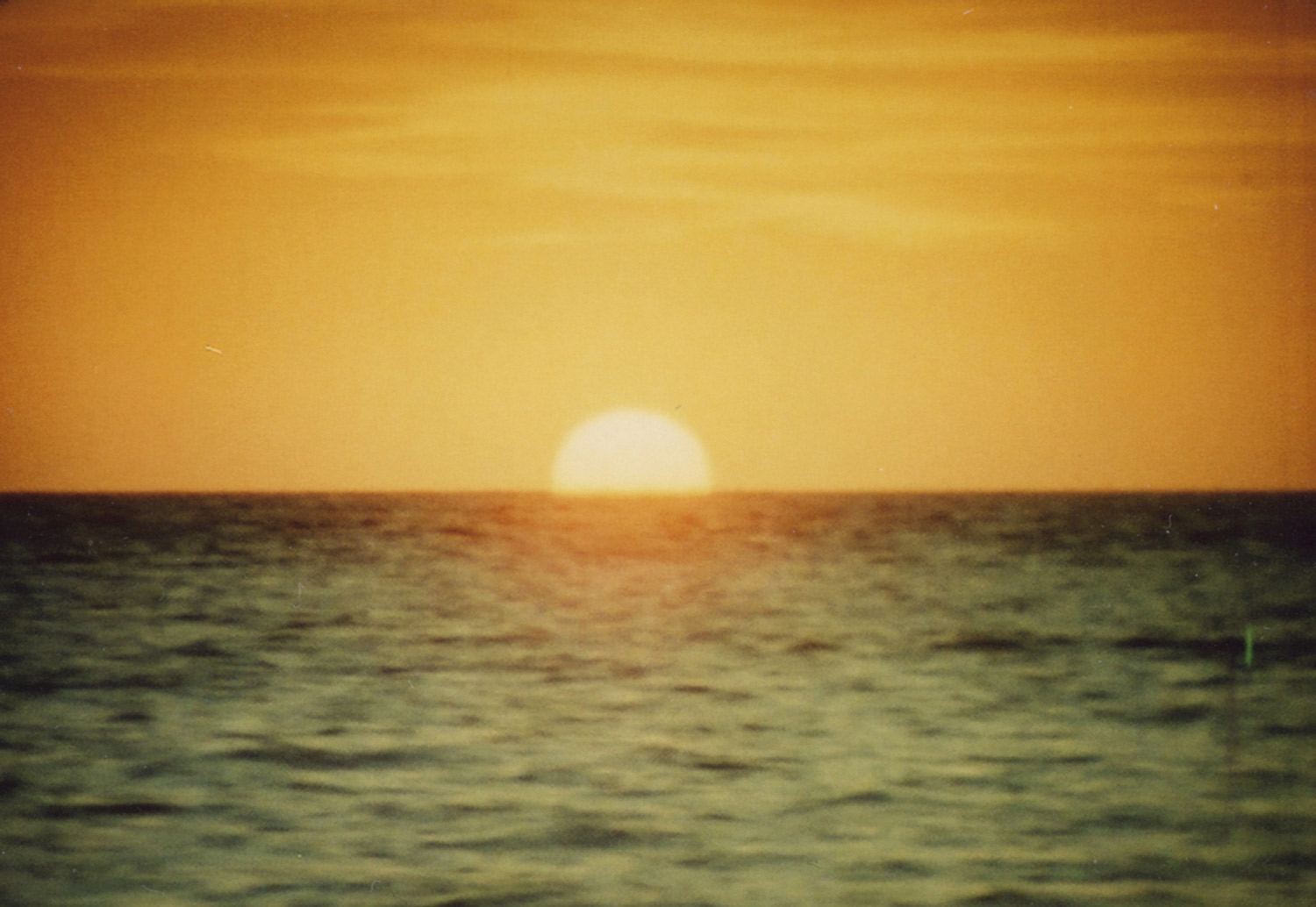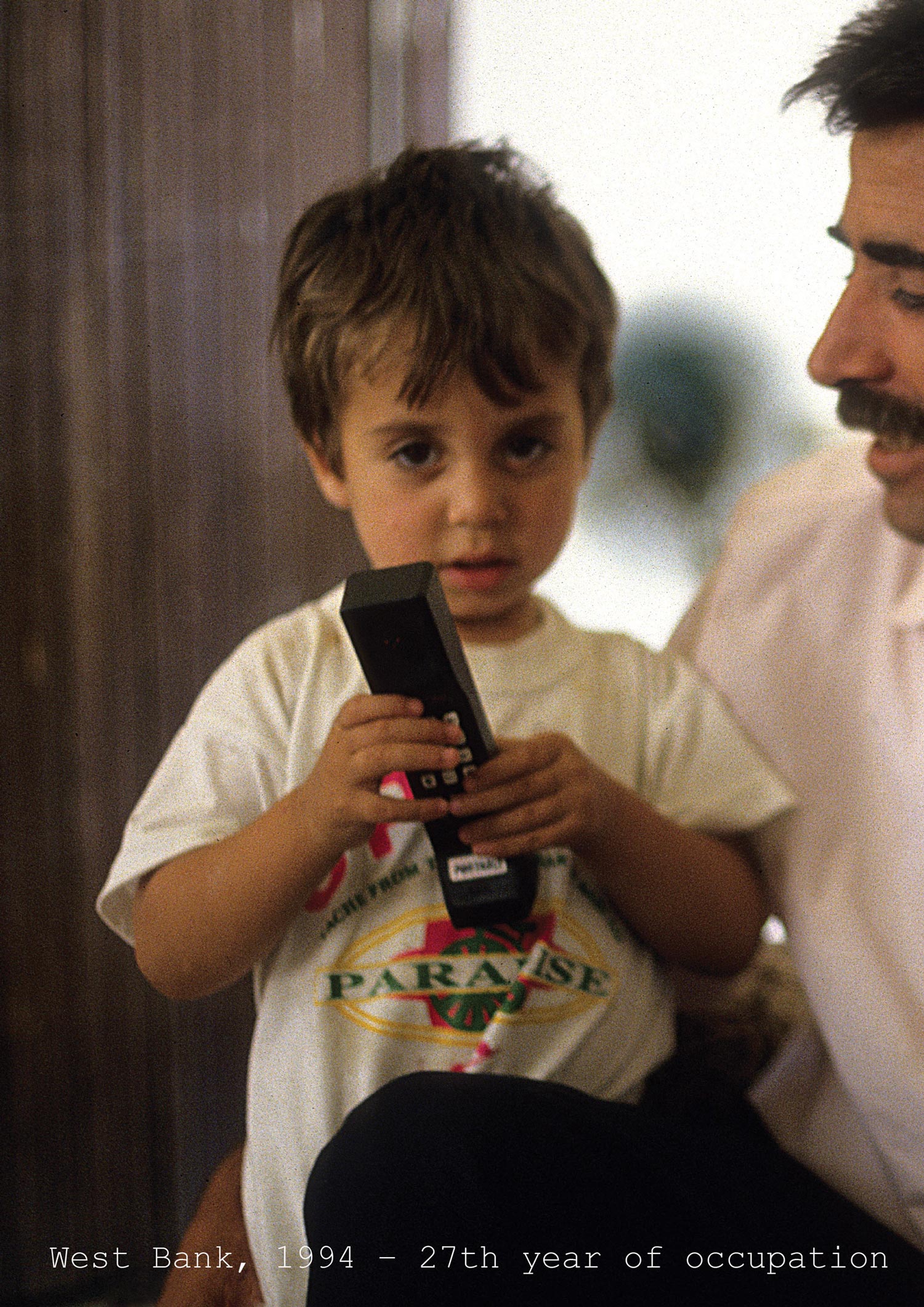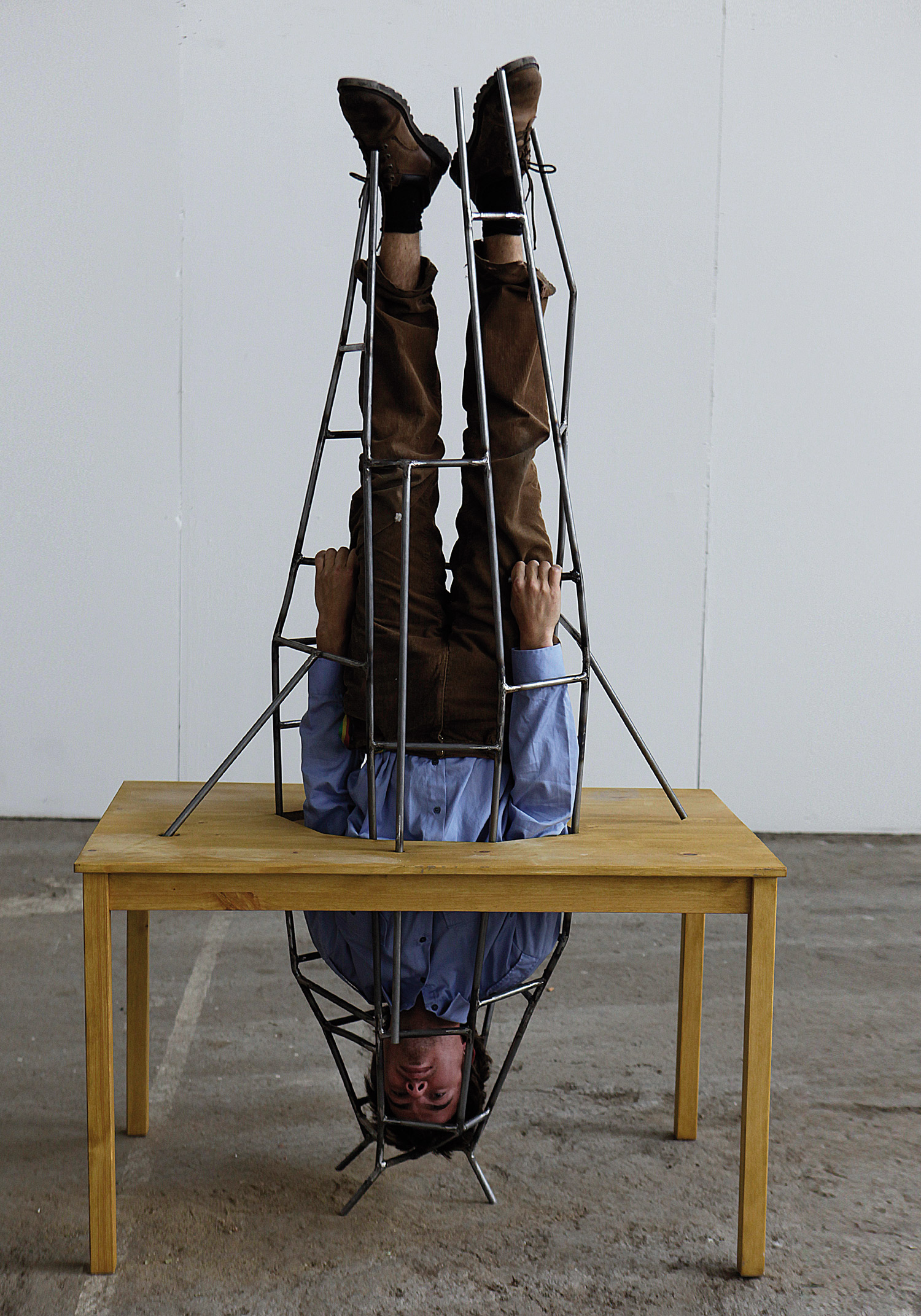
Munich has a new museum on the Pinakothek site. Museum Brandhorst opened on May 21, 2009. The Free State of Bavaria commissioned a new building costing 48 million euros for the private Brandhorst Collection. This further enhances an art site that contains the Alte and the Neue Pinakothek, and also the Pinakothek der Moderne. The old residential city with its Bavarian State Painting Collection is now more clearly connected to modernism in this extended ensemble, and the new museum strikes a distinctive note of its own, alongside its neighbors’ collections focusing on 20th century and contemporary art.
The Museum Brandhorst houses the collection of the same name, built up by Udo and Anette Brandhorst since the 1970s. In 1999, Udo Brandhorst and his now late wife Anette, a Henkel heiress, presented their collection of about 700 works of contemporary art to the Bavarian state. As a reciprocal gift, the Bavarian state has financed a new building costing about 48 million euros, by Berlin architects Sauerbruch Hutton, and is also covering the staffing and running costs. This tribute to the foundation is seen with a critical eye, as its profits will go towards extending the collection. The interest that will finance the new acquisitions exceeds the total purchase budget (which runs into only five figures) for all the state-run museums in Bavaria.
The private collection was put together in the Rhineland and it was built up by the Brandhorsts over a mere four decades. At first, they were attracted to classical modernism in the form of drawings by Malevich, artist’s books by Picasso, and graphic works by Schwitters and Miró. Then they started to make different choices, moving towards the Cologne art scene and artists like Polke, Richter, Baselitz, Beuys and Arte Povera. Today, the collection is not encyclopedically significant but it opens up a well-judged range of images by 20th and 21st century artists.
The new museum building by Sauerbruch Hutton consists of two cubes: a long structure, visually constructed as two stories, and a sharp-edged end building. This new building deviates from the neoclassical urban development of the Maxvorstadt. It does not follow the historical building line, but it was shifted in along the streets, leaving room for the newly planted trees. The end building thrusts out into public space in the shape of a trapezium.

Director Armin Zweite, who left the Kunstsammlung Nordrhein-Westfalen and is also no stranger to Munich as the former director of the Lenbachhaus, has successfully created glorious exhibition spaces at a complex level of intensity. On the ground floor the presentation of the Rhineland collection starts with Sigmar Polke’s belligerent polyester picture of revolutionary heads on stakes, Liberté, egalité, fraternité (1988). Bursting with subversive irony, it is immediately adjacent to Baselitz’s finger painting. The next gallery houses Joseph Beuys’s Dumme Kiste [Dumb Box] (1985) diagonally opposite to James Lee Byars’s The Lucky Stone (1977), a perfectly spherical marble slab with a scarcely visible inscription: “I am imaginary.” This is followed by lavish room presentations: one by Eric Fischl, made up of extremely lively works, and another with Alex Katz’s figures, more orderly against monochrome fields. However, the main attraction on the ground floor are Franz West’s lumpy realizations, grotesquely filling the space and referring to Lacan’s idea that our culture is based on a rubbish dump, sewers and cesspools. The works are packed tightly together and take over the space, which extends across the full width of the building. This seven-part installation can also be seen from the outside: its staggered sculptural intensity and forceful seizure of the space open up impressively to viewers.
The character of the Brandhorst Collection derives from two main focal points. The first is an admirable collection, unique in Europe, consisting of over 60 works from all Cy Twombly’s creative periods, representing the largest overview of this artist’s oeuvre outside of the US. Drawings, paintings and sculptures are presented throughout the upper floor in all their astonishing diversity. The small sculptural works in particular, made up of found materials, stand out strikingly alongside the large-format paintings. They appeal due to the traces of craft, whitened surfaces, an interplay of movement and fragility. Title labels nailed to the sculptures are reminiscent of classical painting, playing with illusion.

However, the celebrated piece at the heart of the museum is a gallery with polygonal cladding above a foyer designed especially for Twombly’s “Lepanto” cycle (2001). Created for the Venice Biennale, this sequence of twelve large-format paintings, hung in a shallow curve, uses an abstract interplay of colors and shapes to tell the story of the defeat of the Ottoman navy in the Gulf of Corinth in 1571, which represented the beginning of the end of Ottoman domination of the Mediterranean area. The great “Roses” pictures, inspired by lines from poems by Rainer Maria Rilke and Ingeborg Bachmann, show evidence of a shift towards a more intense color palette with characteristic partial overpainting and exposure, with surfaces and textures deleted and opened up.
Then comes Andy Warhol, represented by a panorama of over 100 works. This brings out the breadth of Warhol’s working field and his preferred use of existing images from the media world, which took him to an increasingly depersonalized formal language and a standardized mode of production. His pieces crop up in exciting correspondences with works by Katharina Fritsch, Christopher Wool, Robert Gober and Mike Kelley.
The great hall on the ground floor is a spectacular presentation juxtaposing two serial works by the two star artists Andy Warhol and Damien Hirst. Hirst’s mirrored showcase In this terrible moment we are victims clinging helplessly to an environment that refuses to acknowledge the soul (2002), in which countless pills are presented rather like a letter case containing little works of art, is set against Warhol’s version of Leonardo’s Last Supper. Similarly impressive are Warhol’s “Eggs” and “Crosses” in the immediate vicinity of a gigantic “Oxidation Painting” in relationship to Ed Ruscha’s Not Only Securing the Last Letter but Damaging it As Well (Boss)(1964).
A large media art gallery housing the most recently acquired video works — one by the British artist Isaac Julien called Western Union: Small Boats (2007) and Anri Sala’s multi-award-winning work Long Sorrow (2005) — indicates how the collection might develop. Even though the building is intended to be a museum rather than an exhibition venue, there will be areas for large-scale presentations and surprises.

